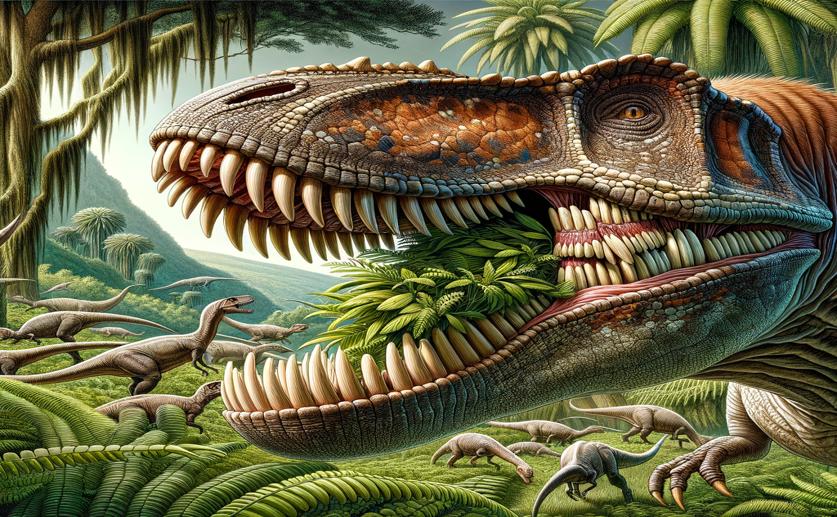
Tooth Renewal in Early Herbivorous Dinosaurs and Its Evolution
Jim Crocker
17th April, 2024

Image Source: Natural Science News, 2024
Key Findings
- In China, a study on Jeholosaurus revealed a unique, slow tooth replacement pattern unlike other herbivorous dinosaurs
- Jeholosaurus had a less systematic process of tooth replacement, suggesting varied diets and ecological roles among early herbivores
- Advanced imaging techniques showed how Jeholosaurus teeth were anchored, aiding our understanding of dinosaur dental evolution
References
Main Study
1) Tooth replacement in the early-diverging neornithischian Jeholosaurus shangyuanensis and implications for dental evolution and herbivorous adaptation in Ornithischia
Published 16th April, 2024
https://doi.org/10.1186/s12862-024-02233-2
Related Studies
2) Repeated Evolution of Divergent Modes of Herbivory in Non-avian Dinosaurs.
3) Herbivorous dinosaur jaw disparity and its relationship to extrinsic evolutionary drivers.
4) Wear biomechanics in the slicing dentition of the giant horned dinosaur Triceratops.



 26th March, 2024 | Greg Howard
26th March, 2024 | Greg Howard